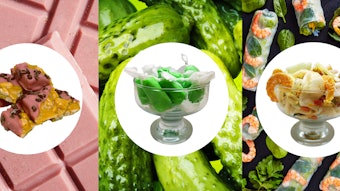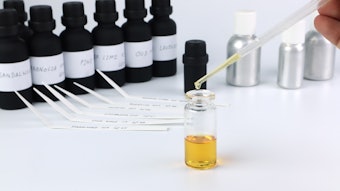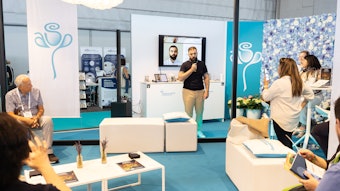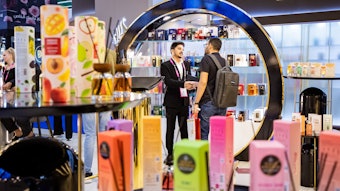
On Oct. 16, 2018, beverage development company Imbibe, in conjunction with the Institute of Food Technology (IFT), opened its facility for a panel discussion on sugar reduction and the technical challenges of creating beverages with a lower sugar content.
Featuring Imbibe staff Liz Sisel, ingredient technologist; Guy Affolaby, manager of regulatory affairs; and Aparna Oak, director of flavor innovation; and Ilana Orlofsky, marketing manager, the panel of experts discussed technical considerations for creating sugar-reduced beverages.
Bringing Back Flavor
The event started with an example of sugar reduction in practice. Attendees were asked to taste a sample of a sparkling coffee beverage at normal sugar levels and then compare it to another sample at 20% reduced sugar without any added flavors. After testing the samples, most attendees agreed that the reduced sugar beverage tasted different, as it featured a more rounded flavor profile. The panel went on to discuss how sugar reduction directly impacts the flavor of beverages.
“We see this all the time with RTD coffees. When we do sugar reduction … the coffee is muted, some of the bite goes away. You get a nice rounded effect. However, some of the flavors also drops off,” said Sisel.
For any desired flavors that might be lost in the sugar reduction, it is then the job of the flavorist to bring back the flavor. Depending on the type of flavor, Oak explained, the approach to flavor development will vary. When sugar is reduced, fruit flavors perform well since there are other sweet components provided by the fruits; while vanilla, mango and citrus flavors are more difficult to formulate due to their chemical nature.
“It is a lot of trial and error, especially with brown flavors. What we have noticed that sugar reduction doesn’t always work like 1 + 1 or 1 – 1,” said Oak. “We have to try different things until we get the right balance.”
Balancing Cost and Sweetness
Another impact to sugar reduction that often needs to be addressed is the diminished sweetness of the product. The panel explored the importance of sweeteners like stevia in bringing the sweetness back, the ingredient label trade-off with added sweeteners and some of the lingering negative perceptions of stevia.
“You have to make a choice sometimes. Do you make it sweeter [with] a lower reduction? Or do you have the reduction that you wanted, and you put something else on the label,” said Sisel on the catch-22 of added sweeteners.
When it comes to creating reduced-sugar beverages, product developers and flavorists are also tasked with cost-effective solutions to address taste and sweetness challenges. The panel discussed how companies will ask for a reduced sugar beverage that has no impact on price point. For beverages that must rely on stevia, rather than sugar reduction techniques and flavors with modifying properties (FMP), the added ingredients will often result in higher costs and a more expensive product.
Another barrier to creating a sugar-reduced beverage is a negative perception of stevia held by many. Sharing her perspective on why she personally thinks stevia has received a bad reputation, Sisel commented, “It came out really early to the market. It wasn’t cleaned up. It was thrown in a lot of beverages, … and it wasn’t optimized yet. What we can do now, it is nowhere close to what was done when it first came out.”










